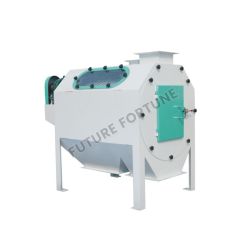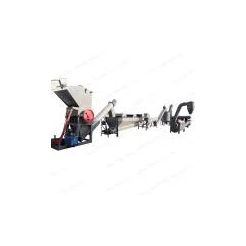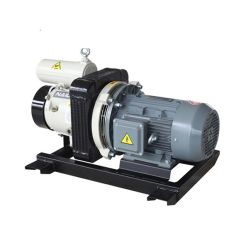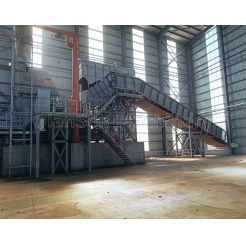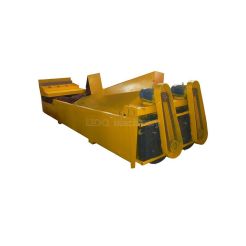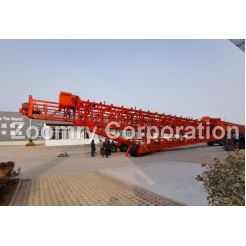ADVAN AC\DC TIG 315D.P Wide Input Voltage
ADVAN AC\DC TIG 315D.P Wide Input Voltage
Product Description
Features:
1. Global input power 3PH-200V~440V
2. Ideal for generator power supply ,widely operating environment ,field work
3. Excellent high frequency arc ignition, up to nearly 100% success rate, improve work efficiency
4. Arc keeps stable when current is small, superb for welding thin plate
5. With pulse welding function; wide adjust range of pulse frequency
6. Adjustable Clean width and Clean scope to meet high technical requirements
7. Wide usage range,could weld almost all non-ferrous metal, specical design for welding Aluminum
8. Multifunction welding: AC TIG,AC pulse TIG,DC TIG,DC pulse TIG, MMA and Auto welding(easy operate at Auto welding ,only adjust welding current , preset other parameter at internal )
9. Strong ability of anti-fluctuation of power supply, the ratio reaches 15% ( industrial requirement 10%.)
10. Optional with water cooling box or tool box
What is AC and DC welding?
AC (Alternating Current) and DC (Direct Current) are two different types of current used in the welding process. AC arc welding is commonly used for down welding thick plate welds, fast fill and high frequency aluminum TIG welding, while DC welding is more suitable for welding thinner metals.
The Last Affordable Trade Quality AC DC TIG Welder!
Great features and great build quality make these AC DC Welders class leaders.
Application of AC DC Welder
For perfect machining of steel, stainless steel, copper and aluminium. These AC DC TIG welders are an essential part of any workshop in marine, motorsport, commercial kitchens or similar industries. With the added advantage of a variable control foot pedal that allows users to make slight controlled adjustments and keep welding, coupled with professional quality high frequency start TIG torches, these machines are a joy to own and operate. Inverter technology makes these devices compact and portable, with extremely smooth output when welding. You won't find this quality anywhere at such a low price!
AC or DC—What’s the Difference?
Polarity describes which way the electricity is flowing. With direct current (usually called DC), the polarity of the electric current always flows one way. The normal flow is electrode negative, which means the electricity flows from the welder, through the electrode, to the workpiece, and back to the welder. Reverse polarity turns that around and drives the current from the welder through the workpiece to the electrode.
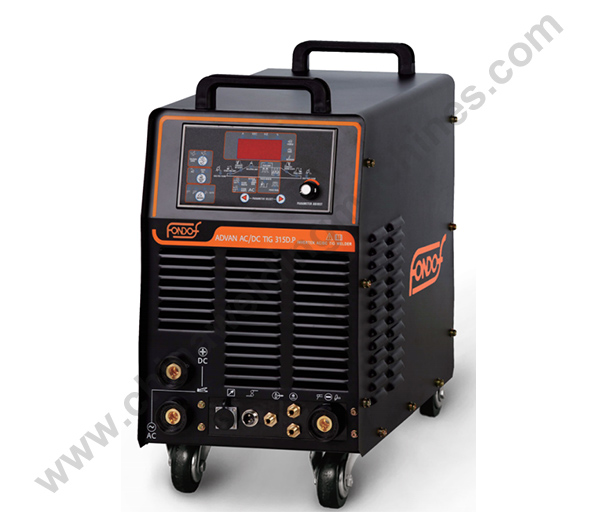
dc tig aluminium machine
Direct current is favored for TIG welding most metals because it penetrates deeply. Welding aluminum is one of the only times that alternating current is preferred.
Alternating current, or AC, flips the polarity between standard and reverse quickly, from sixty to one hundred twenty times each second. Aluminum is usually TIG welded with alternating current. The quick polarity flips have a sandblasting effect that breaks up the surface oxides to produce a clean weld. The drawbacks to AC welding are that the weld doesn’t penetrate deeply and that it leaves a large bead on the surface.
| Technical Parameters | ADVAN AC\DC TIG 315D.P |
| Rated Input Voltage (V) | 3PH200V~440V±15% |
| Power Frequency(Hz) | 50/60 |
| Rated Input Current(A) | 34 |
| Rated Input Power(KVA) | 12.9 |
| External Fuse(A) | 40 |
| No-load Voltage(V) | 67 |
| Pulse Frequency(Hz) | 0.2-500(DC),20-150(AC) |
| Pulse and Empty Ration (%) | 1-99 |
| AC Frequency(Hz) | 20-150 |
| AC Cleaning Width(%) | -40~+40 |
| AC Cleaning Range(%) | -20~+20 |
| Welding Current(A) | 15-315 |
| Current Up Slope Time(S) | 0-15 |
| Current Down Slope Time(S) | 0-15 |
| Gas Pre-flow Time(S) | 0-99.9 |
| Gas Post-flow(S) | 0-99.9 |
| Rated Duty Cycle(%)(40℃) | 35 |
| Efficiency(Rated Conditions) | ≧0.85 |
| Insulation Grade | F |
| Protection class | IP21S |
| Dimensions(mm) | 645X308X575 |
| Net Weight(Kg) | 43 |

